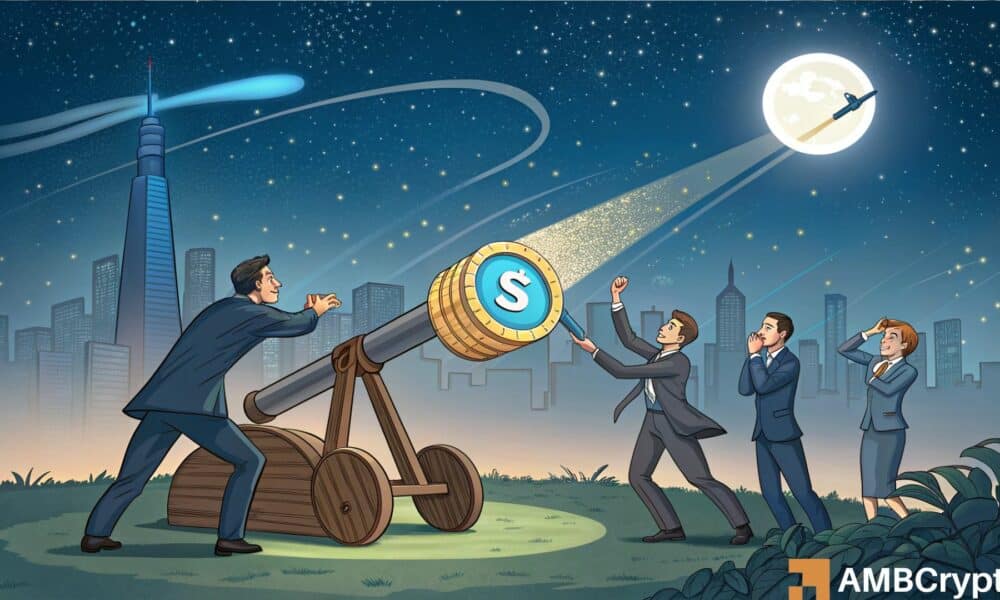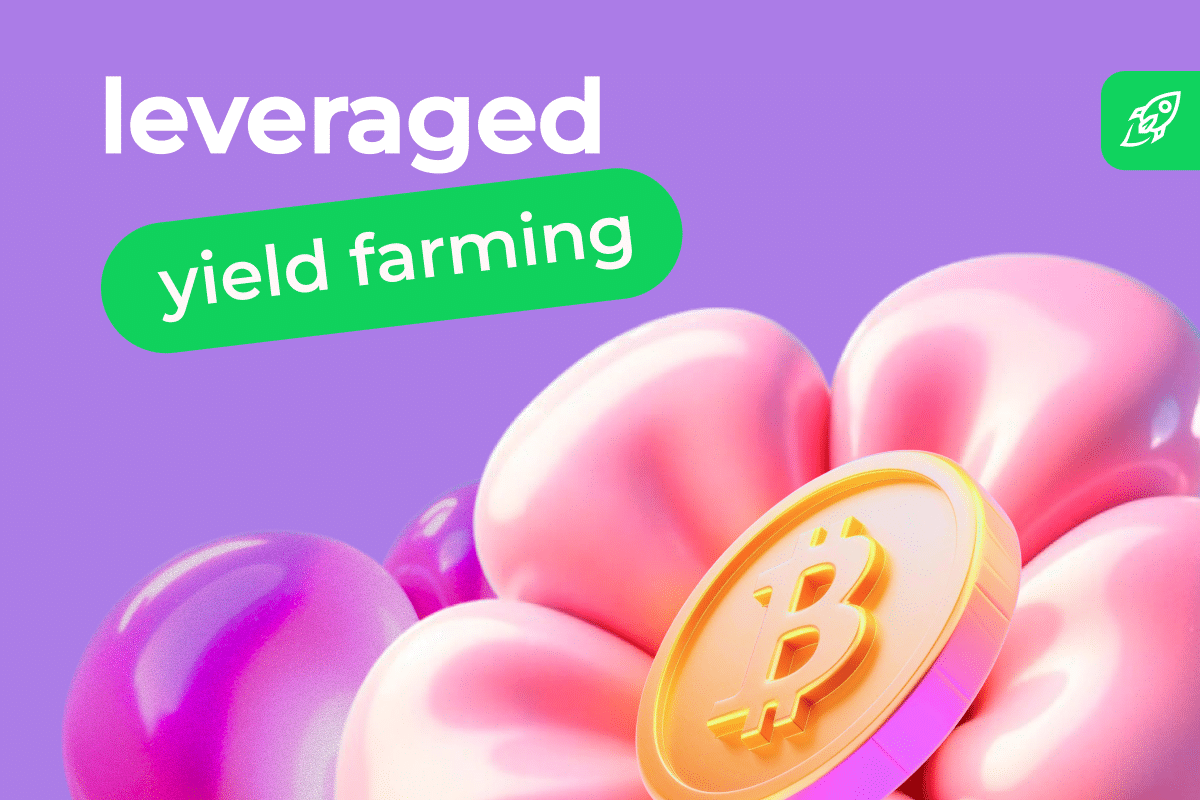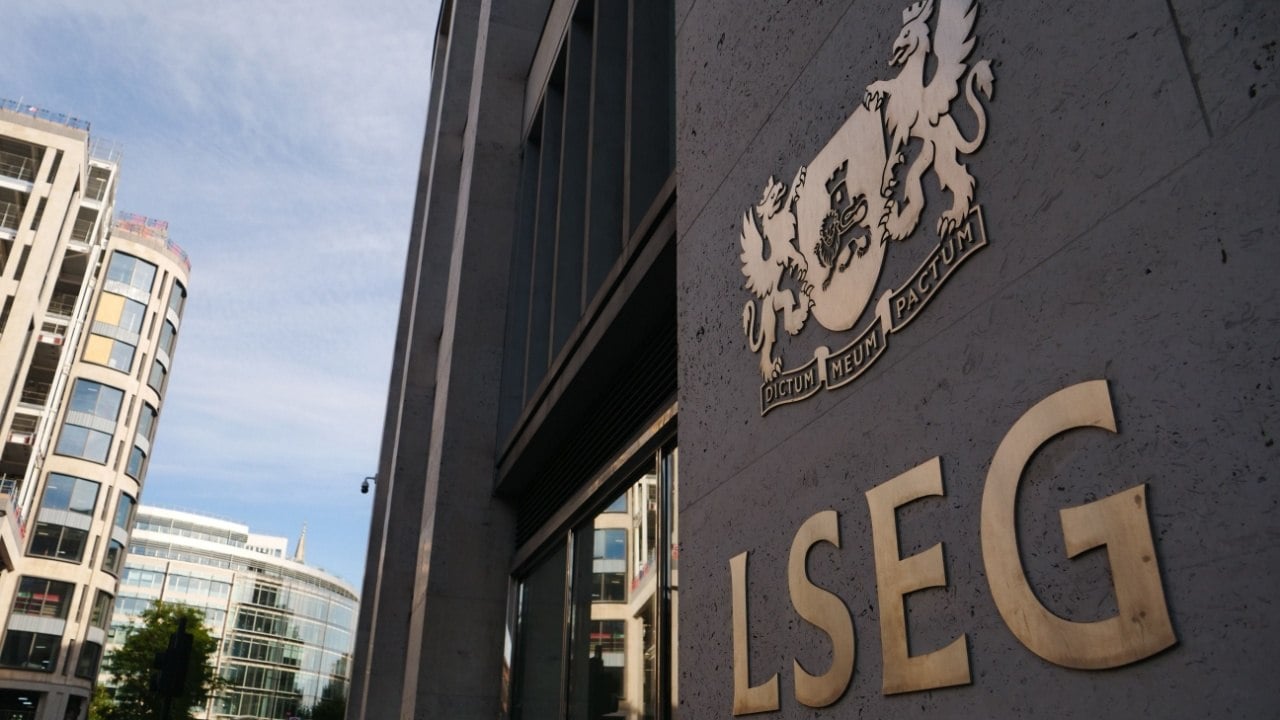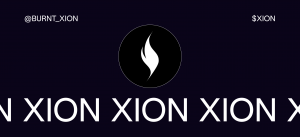Solana price prediction – How high will SOL go in 2025?
Key Takeaways
Will Solana’s price climb to hit a new ATH in 2025?
Depends on a few things, including a Spot ETF approval and the Firedancer upgrade.
Is Solana popular among public companies?
Yes. In fact, just 4 public companies are holding SOL worth $591M as part of their treasury reserves.
Solana’s price action in 2025 has been topsy-turvy so far. While the year began on a high well abover $200, it fell soon after. Dramatically too. In fact, the altcoin lost over 60% of its value in just over 4 months.
This bout of depreciation didn’t last though. In fact, the summer saw Solana [SOL] emerge as one of the market’s biggest winners with the altcoin gaining by over 132% on the price charts.
Despite a fall of just under 4% in the last 24 hours, at press time, SOL was trading at $236 – Within the same range as its January 2025 levels.
The cryptocurrency’s technical indicators highlighted the market’s bullishness, despite evidence of recent weakness. For instance, while the Moving Average was well under the price candles on the charts, the Chaikin Money Flow had a reading of close to 0.20 – A sign of capital inflows into the market.
A thriving network, but is that having an impact on the price?
A look under the hood at Solana’s core network reveals a system that’s buzzing with activity. User numbers, transaction volumes, and the amount of money locked in its ecosystem have all shot up since late 2024. However, while the on-chain data painted a picture of a booming platform, the price of its SOL token has been on a much wilder and less predictable ride.
Solana has cemented itself as a top-tier blockchain, making a stunning comeback that’s continued through 2025. This success is written all over its network stats, which show a platform that is not just growing but flourishing.
Daily users show real adoption
The number of people using the Solana network every day has exploded – A clear sign that more and more people are actually using it. While the daily count goes up and down, the trend has been consistently high, with monthly active addresses holding above 90 million.
This growing user base is the engine behind the network’s expansion.
Transactions prove its speed
Solana’s reputation for high-speed transactions was put to the test as volume skyrocketed. In 2025, the network didn’t just handle the traffic; it set a new record, processing over 2,300 real transactions per second (TPS) for the first time.
A huge chunk of this activity came from decentralized exchanges (DEXs), where Solana has been gobbling up a massive share of the market.
DeFi’s health measured in locked value
The Total Value Locked (TVL) in Solana’s decentralized finance (DeFi) world has also seen a huge recovery.
After a rough patch, the TVL started climbing again andm by May 2025, hit a new all-time high of $7.8 billion – A 105% jump from the previous year. This may be a sign that investors are getting more comfortable locking up their money in Solana’s DeFi apps.
A disconnect with the price
The link between these strong network numbers and the price of SOL isn’t always straightforward. While the boom in on-chain activity has certainly helped push SOL’s price higher at times, there have been periods where the two have moved in opposite directions.
For example, after hitting a new high earlier in 2025, SOL’s price went through a correction even as things like transaction volume stayed strong. This suggests that while a healthy network provides a solid foundation, the price is still at the mercy of overall market mood and bigger economic forces.
Another example is when a recent drop in the number of new wallets being created was blamed for a price dip – A sign that that traders are watching user growth like a hawk.
Solana’s network fundamentals clearly show a blockchain that’s growing fast and being used heavily. The impressive numbers for transactions and TVL prove its utility.
However, the price of SOL, while influenced by this strength, is also a pawn in the larger crypto market game. This will lead to times when its price and its network’s health might be be telling us two different stories.
Can Firedancer finally fix Solana’s Achilles heel?
Since it shot to prominence, Solana has been a paradox – It offers incredible transaction speeds, but you could never be sure it would be running when you needed it. The blockchain has gone down at least ten major times, with causes ranging from bots flooding the network during token sales to validators simply failing to agree on the state of the chain.
These outages, which have frozen the network for anywhere from a few hours to over a day, were often triggered by the very things that made Solana popular, like big NFT mints.
In the early days, the market’s reaction to these blackouts was brutal, causing trust to evaporate among developers and investors. The constant disruptions became a running joke in the crypto world, fueling a narrative that Solana was fundamentally unreliable.
However, more recently, the network has started to look more resilient. Solana had only one major outage in 2024 and has since enjoyed its longest-ever stretch of uninterrupted uptime, lasting over 40 weeks.
This newfound stability, along with a more seasoned investor base, means that network hiccups don’t tank the price like they used to.
Firedancer – The fix everyone is waiting for
To tackle these persistent stability issues, the Solana community is pinning its hopes on Firedancer. Developed by Jump Crypto, Firedancer isn’t just a patch; it’s a completely different piece of software for running the network. This is a huge deal because it introduces client diversity. Right now, a bug in the main Solana software could take down the whole network.
With Firedancer, that single point of failure goes away.
Firedancer is also built for a massive performance upgrade. It’s designed to handle a mind-boggling number of transactions, with tests showing it could reach 100,000 TPS. This isn’t just about speed for speed’s sake; it’s a direct solution to the spam and high traffic that have historically crashed the network.
As of May 2025, validators representing 6% of all staked SOL were already running an early version of Firedancer, showing a careful, phased roll-out is underway.
What does this mean for confidence and price?
The promise of Firedancer, combined with the recent run of stability, is already changing how people talk about Solana. The narrative is shifting from “fast but fragile” to “resilient and ready to scale.”
Big-name companies are taking notice too. Financial giants like Visa and Stripe are now using Solana, a clear sign that they believe in its long-term future. Analyst reports are also starting to focus more on Solana’s scalability and growing user base, with some predicting a major price increase in the coming years.
While the past outages left scars on Solana’s reputation, they also acted as brutal, real-world stress tests that forced the network to get better. Firedancer is the direct result of the lessons learned from those painful experiences.
Looking forward, a successful launch of Firedancer is expected to be a massive catalyst for Solana’s price. A more stable, faster network will likely attract a flood of new developers and users, which will in turn drive up demand for SOL.
Inside Solana’s explosion – DeFi, NFTs, and DePIN fueling the fire
The Solana ecosystem is in the middle of a massive growth spurt, cementing its status as a top-tier blockchain. Fueled by a wave of new developers and major upgrades to the network, Solana’s ventures in Decentralized Finance (DeFi), Non-Fungible Tokens (NFTs), and the new frontier of Decentralized Physical Infrastructure Networks (DePIN) are all taking off.
A quick health check revealed a network that’s running smoothly on all fronts. Solana has now been up and running for over 40 weeks straight since its last big outage in February 2024 – Its best run of stability since 2020.
From a financial standpoint, Solana is crushing it. In April 2025 alone, apps built on Solana accounted for 57% of all dApp revenue in crypto, raking in $207 million. The network also saw a 158% surge in weekly token buybacks from its projects over a two-week span in August.
DeFi’s big comeback
Solana’s DeFi scene is no longer just an experiment; it’s a full-blown financial hub. The Total Value Locked (TVL) in its ecosystem soared to an all-time high of $7.8 billion in May 2025 – Up 105% from the previous year.
Trading volume on its decentralized exchanges (DEXs) has also gone parabolic, hitting $107 billion in a single month.
A few key projects are leading the charge –
- Jupiter and Raydium – These are the go-to decentralized exchanges, helping users find the best trading prices and providing deep liquidity.
- Jito (JTO) – This liquid staking platform has grown incredibly fast by giving users extra rewards from MEV.
- Marinade Finance (MNDE) – Another major liquid staking player that has been essential to the growth of Solana DeFi.
NFT scene – A cultural juggernaut
Solana has become a dominant force in the NFT world, giving Ethereum a run for its money with its fast, cheap transactions. This has made it the platform of choice for many creators and collectors, building a massive community around marketplaces like Magic Eden.
DePIN – Building the real world on the blockchain
Solana has taken the lead in the new and exciting DePIN sector, which uses crypto to incentivize the creation of real-world infrastructure. By June 2025, the total value of DePIN projects on Solana had hit an impressive $3.24 billion.
Some of the standout DePIN projects include –
- Helium (HNT) – Building a decentralized wireless network for IoT devices and 5G.
- Render (RENDER) – A network that lets people rent out their spare GPU power for rendering graphics.
- Hivemapper (HONEY) – Creating a decentralized, crypto-powered version of Google Maps.
The revenue being generated by DePIN projects on Solana, along with predictions that the entire DePIN market could be worth $3.5 trillion by 2028, shows just how important this sector is for the network’s future.
Solana isn’t just growing; it’s maturing into a versatile and tough platform. With strong roots in DeFi, a culturally powerful NFT market, and a leading role in the DePIN revolution, Solana is set up for even more growth ahead.
Wall Street wants in!
A wave of serious money is flowing into the Solana ecosystem. Publicly traded companies are now adding SOL to their balance sheets, and a stampede of applications for a spot Solana ETF in the U.S. shows that institutional investors are getting hungry.
This embrace from the financial establishment is being driven by Solana’s powerful technology and the potential for huge returns.
Corporations are buying SOL for their treasuries
A growing number of public companies are now holding SOL as a reserve asset. At least four of them—Upexi, Inc., DeFi Developments Corp, SOL Strategies, and Torrent Capital—are sitting on a combined stash of over 3.5 million SOL. Worth more than $591 million. This is a massive vote of confidence in Solana’s future.
The main reasons these institutions are flocking to Solana are its ability to handle over 65,000 transactions per second, its dirt-cheap fees, and its attractive staking yields.
ETF dream – A potential game-changer
The possibility of a Spot Solana ETF in the United States has the market buzzing. A slew of big-name asset managers, including VanEck, 21Shares, and Bitwise, have already filed their applications. In a creative twist, VanEck is trying to launch the first spot Solana ETF that would be backed by liquid staking tokens, in a partnership with Jito Labs.
However, getting approved is no sure thing. The U.S. Securities and Exchange Commission (SEC) has already delayed its decisions on the 21Shares and Bitwise filings until 16 October 2025.
There are also whispers that the SEC has privately told applicants it won’t approve a spot Solana ETF under the current administration. Despite the pessimism, some analysts are still hopeful, with Bloomberg having previously put the odds of approval by year’s end at 75%.
If an ETF does get approved, the impact could be massive. It would create a regulated, easy-to-buy product for a whole new class of institutional investors. The huge demand seen after the Spot Bitcoin ETFs were approved shows what could be possible.

















Post Comment